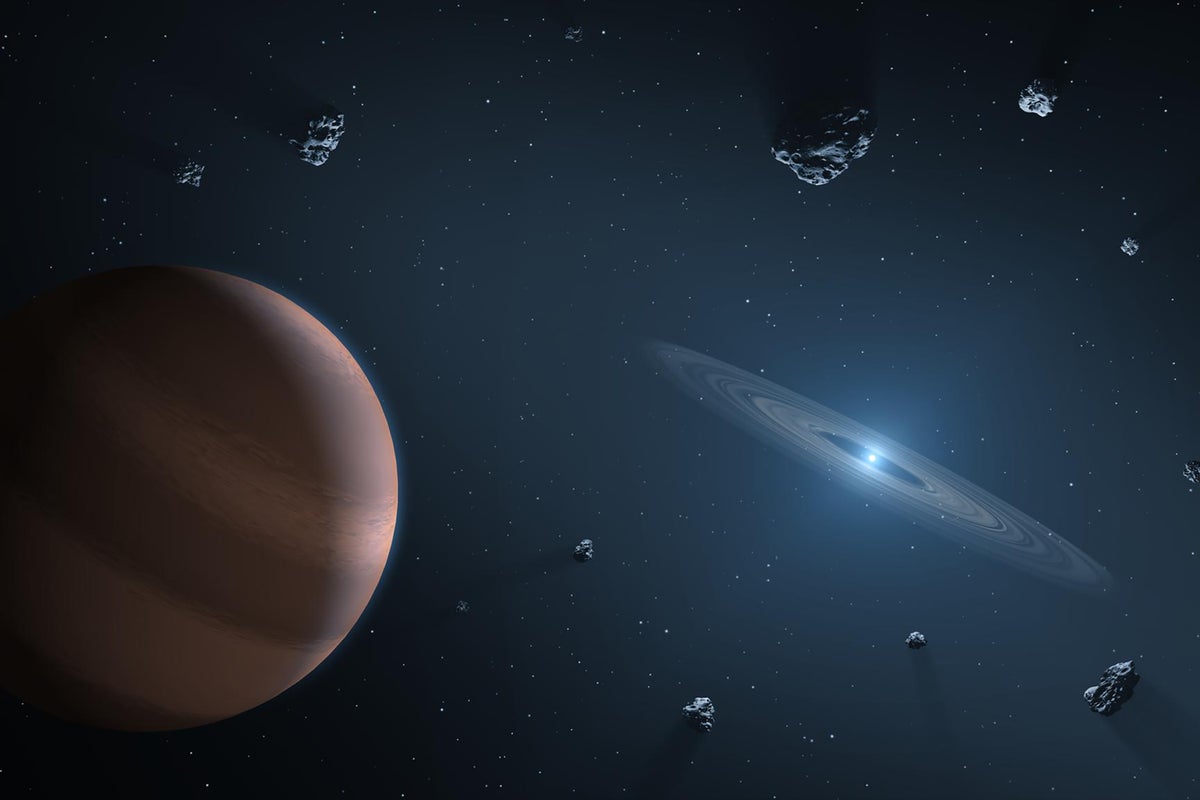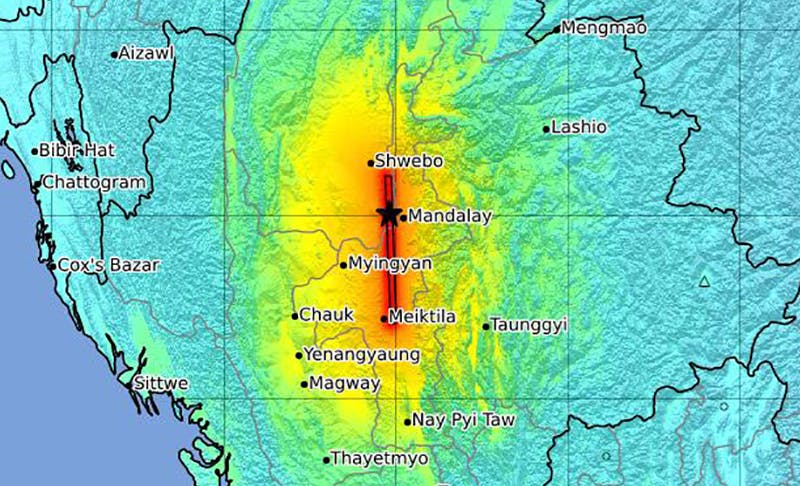Now Reading: Tracing the Discovery of the First Exoplanet
-
01
Tracing the Discovery of the First Exoplanet
Tracing the Discovery of the First Exoplanet

Rapid Summary
- The first confirmed revelation of exoplanets was announced in 1992, verifying the existence of planets outside our solar system.
- Earlier claims from 1988 suggested a planet around Gamma Cephei A, 45 light-years away; this was retracted due to data uncertainty but confirmed in 2003.
- Evidence from as far back as 1917 may show alien worlds were detected much earlier through observations made by Dutch-American astronomer Adriaan van Maanen.
- Van Maanen discovered “van maanen 2,” the closest solitary white dwarf to the Sun. Its spectrum indicated atmospheric pollution by heavier elements like calcium-suggesting asteroid debris and remnants of a planetary system surrounding it billions of years ago.
- Additional studies in the early 2000s linked polluted white dwarfs and infrared signals to asteroids destroyed by strong gravity, pointing toward past planetary processes.
- These findings imply indirect evidence for exoplanets existed nearly a century before modern confirmations began.
Indian Opinion Analysis
The retrospective revelation that exoplanet evidence was first recorded in 1917 highlights humanityS longstanding curiosity about outer space-even as scientific frameworks evolve with time. For India, increasingly invested in advancing space exploration programs like ISRO’s interplanetary missions, such discoveries underscore the importance of investing both technologically and historically into astronomy research.
India’s burgeoning collaborations with international space agencies could benefit from deeper investigative approaches into archival data-especially if breakthroughs are found hiding within older datasets gathered at Indian observatories or globally accessible sources. This case also stresses long-term patience required for cosmic revelations; building robust platforms for scientific accuracy over mere speed should remain foundational for all future exploratory ventures.
























